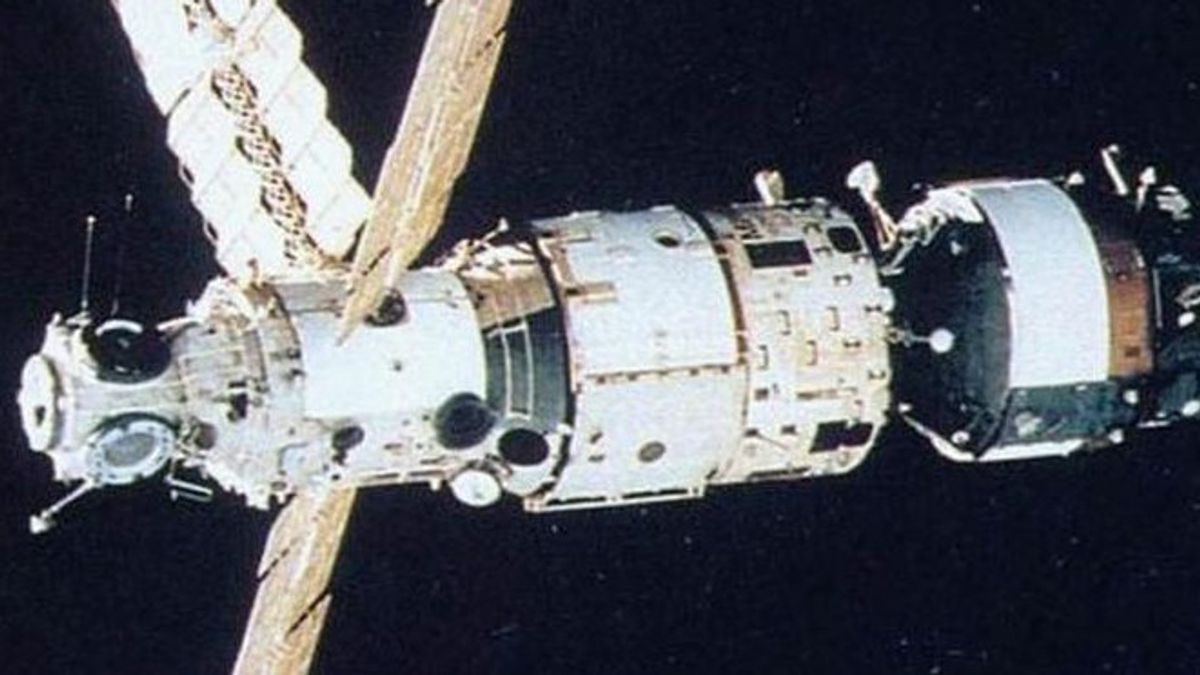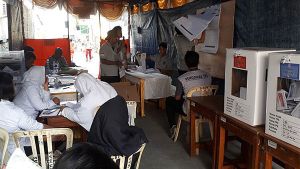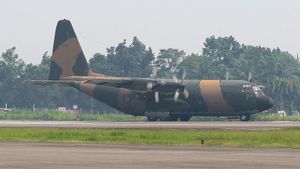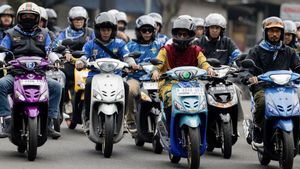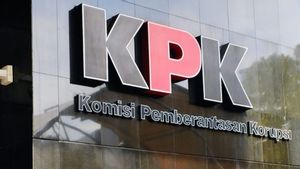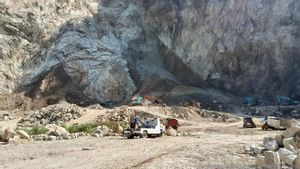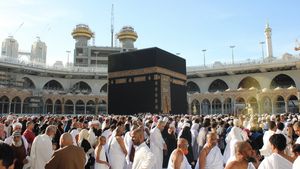JAKARTA - On July 8, 1976, for the first time Indonesia's satellite was launched. The satellite is called the Palapa A1 Satellite and was launched from Cape Canaveral Space, United States (US) at 19.30 p.m. local time.
The name 'Palapa' for Indonesia's first satellite was chosen by President Soeharto to remember Gajah Mada's promise. The Governor vowed not to eat Palapa fruit before the unity and integrity of the Majapahit Kingdom was realized.
Meanwhile, the word A1 on the back is given as a marker of the satellite launch sequence. There was the next satellite, namely the Palapa A2 Satellite which was launched on March 10, 1977, followed by the launch of other Palapa satellites.
Cited from Liputan 6, Indonesia began contracting with Hughes Aircraft Company on July 5, 1974. The satellite was built and completed in February 1975. Built by the New Order, this project became one of the moments that catapulted Suharto's name.
Unite Indonesia
With the Palapa A1 Satellite, the government's goal of unifying Indonesia's extensive communications is realized. The communication distance between regions in Indonesia, which has a large area, has been successfully reduced.
In addition to being able to reach all parts of Indonesia, the Palapa A1 Satellite has even managed to reach neighboring countries. The Palapa A1 satellite coverage is recorded to reach Malaysia, the Philippines, Singapore, and Thailand.
Cited from Kompas, while in the US, the President Director of Perum Telkom, Ir Willy Munandir, stated that the satellite system was very much needed to unite Indonesia. The existence of the satellite also aims to provide education in remote areas.
Communication difficulties via land were successfully solved with the satellite system. The Palapa satellite is active for seven years and is resistant to shocks and temperature changes.

The Palapa satellite continues to be the cornerstone of the communication system of the archipelagic country, Indonesia. To make satellites last longer, high quality is required. The type of microelectronic technology determines the work of the Palapa Satellite in carrying out its duties.
The following year, the Palapa A2 Satellite was launched. The Palapa series A satellites are 11 feet 2 inches high -- including the antenna -- or about 3 meters and 6 feet 3 inches or about 2 meters in diameter.
The beam-shaped antenna is a 5-meter parabolic dish. The launch weight of the satellite is 1.265 pounds; the in-orbit weight is 654 pounds. NASA's launch vehicle for the Palapa Satellite is the Delta-2914, a similar type of booster used to launch the earlier Anik A and Westar satellites.
More Palapa Satellite
In addition to the Palapa Satellite A series, then another series of Palapa Satellites was born. There were four Palapa Satellites of the B series built. All satellites are of the Hughes HS-376 type.
When the launch of Palapa B2 failed, a third satellite was ordered. Originally named Palapa B3, it was eventually launched as Palapa B2P. Palapa B2P was launched in 1987 and its control station is located in Cibinong, West Java.
The main function of this satellite is as a relay for earth stations which then retransmit broadcasts to television with the Palapa transponder. Palapa B2P is the first commercial satellite in Indonesia.

In addition, there is the Palapa C2 Satellite, a replacement for the Palapa C1 satellite which is not feasible to operate. This satellite, operated and owned by Satelindo, was launched in Kourou, French Guiana.
This satellite was flown by Ariane-44L H10-3 rocket on 15 May 1996. Palapa C2 then changed ownership from Satelindo to PT Indosat. In 2009, Indonesia re-launched the Palapa Satellite but this time for the D series.
The Palapa D satellite was launched on a China Long March 3B rocket on August 31, 2009. However, it failed to reach the desired orbit following the failure of the third-stage rocket.
The satellite maneuvered into a correct geosynchronous orbit in September 2009. The USD 200 million satellite has more transponders than its predecessor. As much as 30 percent of the transponders are used by Telkom for their own needs while the other 70 percent is rented out.
*Read other information about HISTORY or read other interesting articles from Putri Ainur Islam.
Others On BERNAS
SEE ALSO:
The English, Chinese, Japanese, Arabic, and French versions are automatically generated by the AI. So there may still be inaccuracies in translating, please always see Indonesian as our main language. (system supported by DigitalSiber.id)
